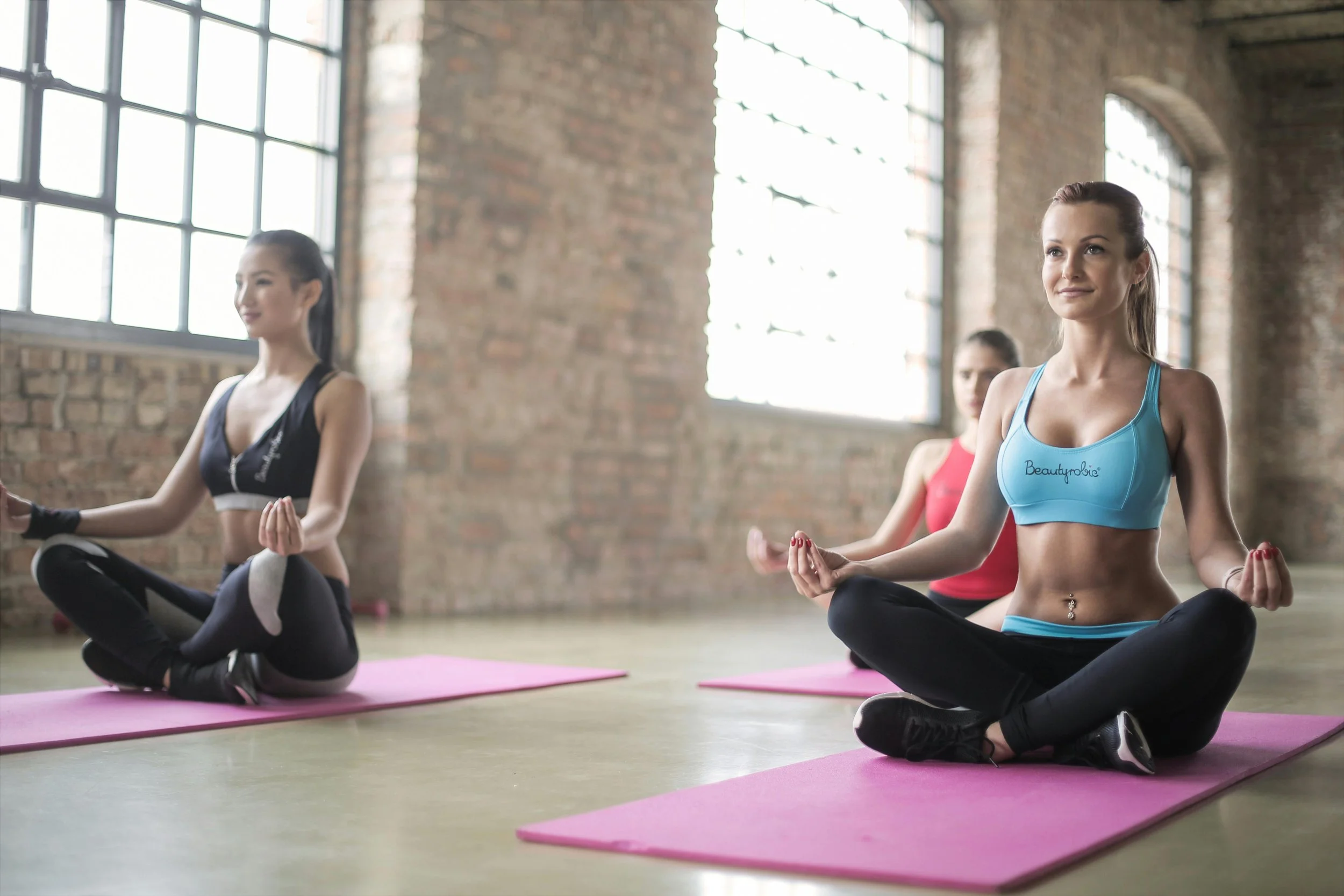Can You Meditate with Your Eyes Open?
This is a question I have received countless times over the years from students and in groups. For some, meditating with closed eyes presents some difficulty. Or, perhaps you’re just curious about what to do with your eyes during meditation. The short answer is yes, you can meditate with your eyes open. I don’t often do it myself, but some people prefer it.
The Benefits of Closing the Eyes
Traditionally in the tradition in which I practice (Theravada), we meditate with closed eyes. The idea here is relatively straightforward. By closing the eyes, we cut down the visual field. With less visual stimuli, we’re able to better settle and concentrate. This is especially true during concentrative practices like breath counting meditations.
When the eyes are open during a period of meditation, we have a whole other sense-door to tend to. It’s often enough work for us to work with the mind, the body, and sounds that may arise during a meditation practice. Closing the eyes allows us to direct our attention a bit more easily. During closed-eye meditation, we still may have some visual input. However, it’s generally not as strong as what we see with open eyes.
Why Meditate with Open Eyes?
In other traditions, such as Zen, meditators often sit with open eyes. My understanding of the practice of zazen from the few times I’ve sat with Zen teachers is that it keeps us aware of and connected with the external world. When I have sat zazen, the instruction has been to leave the eyes open, gazing softly at the floor. This way we’re not getting much input, but we still have the eyes open.
In discussing this topic with a friend who practices Zen a few years ago, he also brought up another advantage in his experience that I found interesting. He shared that open-eye meditation actually helped him to have more clarity and awareness with the thinking mind. He found that closed-eye meditations led more to wandering or daydreaming, while open-eye meditations kept him more alert.
Furthermore, there are times that I do choose to open my eyes during meditation personally. I most often open my eyes during a meditation period if I am dealing with a strong feeling of the hindrance known as sloth and torpor. Or, in common terms, when I am sleepy. Opening your eyes can do wonders to help that nodding off that can happen in longer periods of meditation. It brings some energy and light into your practice and is a great skillful way to work with tiredness.
How to Meditate with Eyes Open
To practice open-eye sitting meditation, you can start by finding a comfortable place to sit. It might be a chair or a meditation cushion. Set your timer if you use one, connect with your body, and don’t close your eyes! In this moment you’d usually close your eyes, instead soften your gaze to a spot on the floor or wall in front of you. Try to really relax your sense of sight, softening and not focusing on any particular thing. You want your eyes open, but not working.
Practicing in Daily Life
The other thing worth mentioning is that there are plenty of ways to practice mindfulness outside of formal sitting meditation! You might do walking meditation or some other sort of moving meditation. Or maybe you’re practicing some mindfulness activities for couples. If you’ve read my first book, you know I’m a huge fan of finding ways to practice in daily life. And most of these are done with open eyes.
When I use my mindfulness reminders throughout the day, I’m doing so with open eyes. Even simple things like a walking meditation as I walk from my office to the kitchen, I do so with eyes open. So although we may traditionally sit with eyes closed in insight meditation practices, we are called to practice quite a bit with open eyes during our days.



